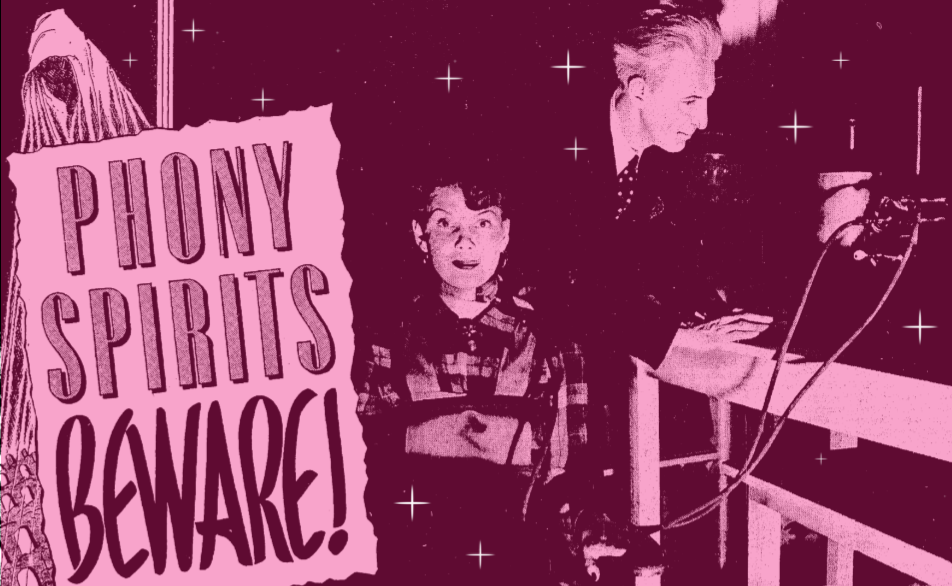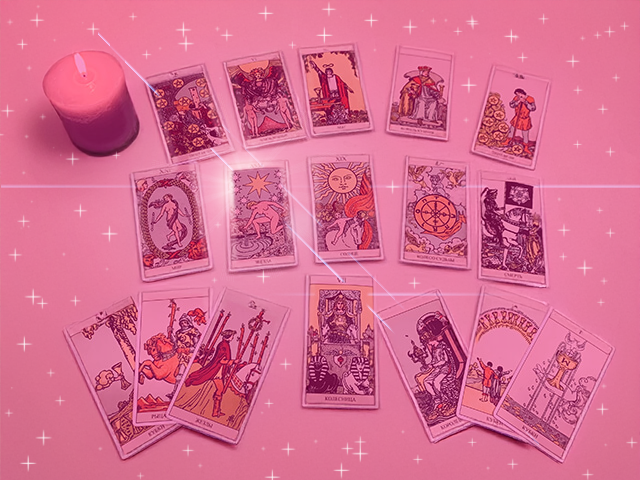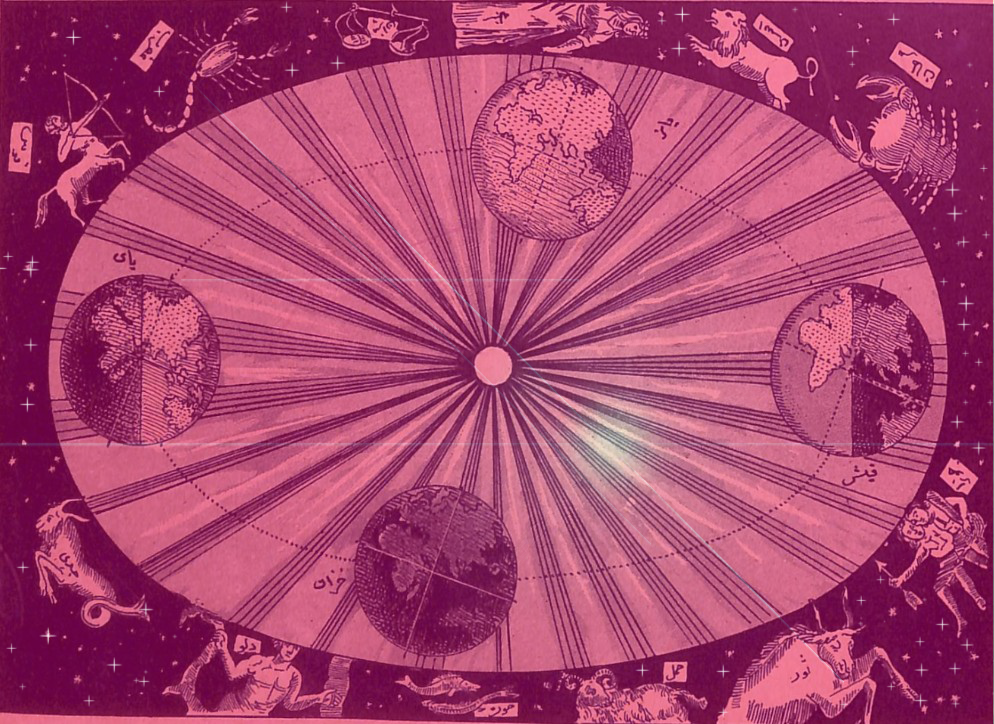Charlie's Psychics

Welcome to the inaugural blog post at WXQT Radio — expect similar writings at an unspecified cadence in the near future, and feel free to subscribe as to not miss our exciting upcoming work.
When a shot rang out at Utah Valley University on September 10, chaos ensued. Widely circulated and graphic videos showed conservative commentator and Turning Point USA founder Charlie Kirk being fatally struck in the neck by an assassin’s bullet. The immediate results were somewhat puzzling: increased internet traffic to gore websites crashed these sites and downloads of X (formerly Twitter) increased 25 percent overnight. Additional footage of the immediate aftermath showed screaming crowds, attendees ducking for cover, and a Mormon influencer live streaming the venue while asking viewers to subscribe to his social media accounts and “read the book of Mormon.”
If the immediate aftermath of the shooting was confusing and chaotic, so, too, was the subsequent investigation and two day manhunt for the shooter. Multiple suspects were brought in and released after interrogation, FBI Director Kash Patel memorialized Charlie Kirk by claiming he would see him “in Valhalla,” and online conspiracies about the unknown shooter’s possible motivations swirled. When the alleged shooter, 19-year-old Tyler Robinson, turned himself in, this chaos didn’t stop — instead, the irony-filled, incoherent, and “brain-rotted” clues he allegedly left behind raised more questions than they answered.
In the midst of this chaos, however, TikTok’s psychic community swooped in, offering platform users alleged glimpses through the veil. Many claimed to have spoken with, “channeled,” or been “reached out to” by Kirk in the moments and days after his death. Observers who have spent time online were perhaps unsurprised that these messages come from psychics and other practitioners of paranormal communication methods, given a veritable digital cottage industry of psychic practitioners offering their predictions and insights on future events, especially those pertaining to American politics. The popularity and proliferation of these spellcasters’ videos points to the broader ways in which people, and particularly Americans, are attempting to make sense of an increasingly nonsensical world — even if these methods may seem nonsensible to casual observers.

Users turning to online psychics for information on Kirk’s assassination were met with a diverse array of psychic mediums and methods. Numerous traditional “mediums” claimed to have been reached out to directly by Kirk’s spirit or to have found him in the spirit realm themselves. Other users utilized dowsing rods, tarot card spreads, astrological charts, and other tools of the psychic trade to glean answers for themselves and their viewers. Many offered explanations for why Kirk’s spirit was speaking with them, provided context to Kirk’s passing, and allegedly asked Kirk his thoughts on what was in store next for the United States. For those prognosticating on the rest of America’s behalf, many of the questions being asked of Kirk were directly tied to the anxieties of the moment: “Will the United States officially face a civil war within the next few years?” The dowsing rods said yes. “Will the government become more ‘authoriten’ (sic) in response to unrest?” The dowsing rods said yes. “Will political violence escalate before the next presidential election?” The dowsing rods said no. “Candace Owens and Charlie Kirk, were they having an affair? I think that’s a yes.” Based on their astrological birth charts. All apparently reasonable questions to ask of a controversial political operative with a wife and two children, and all indicative of a collective need to ask questions of an omnipotent power when the plot starts to not make that much sense.
In previous eras of American life, this need for answers would have likely been quenched by regular church attendance. However, as Americans spend less time in church, and more time on our phones, TikTok’s cozy algorithmic spoonfeeding allows for the near passive delivery of religion-adjacent sense-making content on our ever-accessible digital devices. This algorithmic incentivization goes both ways — TikTok psychics providing insights from Kirk’s spirit are further incentivized to post follow up videos to entice wider audiences. This exact dynamic was apparent across a number of psychic accounts, who created second, third, and even fourth follow up videos of their original viral content.

To be clear, tarot readings, astrological charts, and similar magicks are fun, and this is not meant to denigrate anyone’s spiritual beliefs or past times (in fact, one of the authors of this essay reads a daily tarot spread as part of their morning routine). However, when these rituals are framed not only as a viable source of explanations for real events but as a primary reference of truth, users may become more vulnerable to believing in things further and further from observable reality. The popularity of TikTok psychics in the wake of Kirk’s death cannot be parsed away from other more troubling incidents of alleged technological omnipotence, like emerging trends of ChatGPT induced psychosis. In these instances, victims (often children) come to believe that they are speaking with a divine or all-knowing entity, when in reality they are speaking with a statistics machine algorithmically programmed to keep their attention and engagement, a dynamic that has led to at least a handful of high-publicized suicides.
Confirmation bias is perhaps one of the most commonly used explanations in the field of psychology to explain why people believe things like the predictions of mediums. Our brains are oriented towards seeing and interpreting patterns even if they aren’t there, and these judgments can be hard to cognitively shake once they stick. These psychic approaches, just like the diviners at a Ren Faire or on the side of a highway, rely upon this unconscious confirmation bias in a way that can sometimes be instructive of what one believes – hearing a vague phrase and interpreting it to mean a concrete thing can be instructive about how one is feeling or what one believes – but they can also be a component of a grift or used towards other nefarious ends.
Technology and human psychology interact in ways we are still only just beginning to understand, but technology-induced psychosis is not new with the advent of ChatGPT. Even some of the creators of tech we rely upon today have proven not to be immune from the mental unwellness caused by engagement with content intended to or causing severe emotional dysregulation. During these periods of dysregulation, one becomes much more suggestible, allowing for the smuggling of harmful ideas, beliefs, or frameworks.

In our consumer society, we are attuned to the concept of powerful but cursed objects in fiction – Tolkien’s one ring, Spider-Man’s symbiote suit, the Dark Side of the Force, C.S. Lewis’s Turkish Delight. These are things that we usually reject as an observing audience member, scoffing at how cretinous the users of these items are on screen or in the texts. What do we do when we actually have the closest IRL analog for these objects in our pockets throughout our day, next to our pillows as we sleep, and all the while constantly responding to their whispers demanding our attention? IDK, maybe we should just ask a tarot reader on TikTok.

